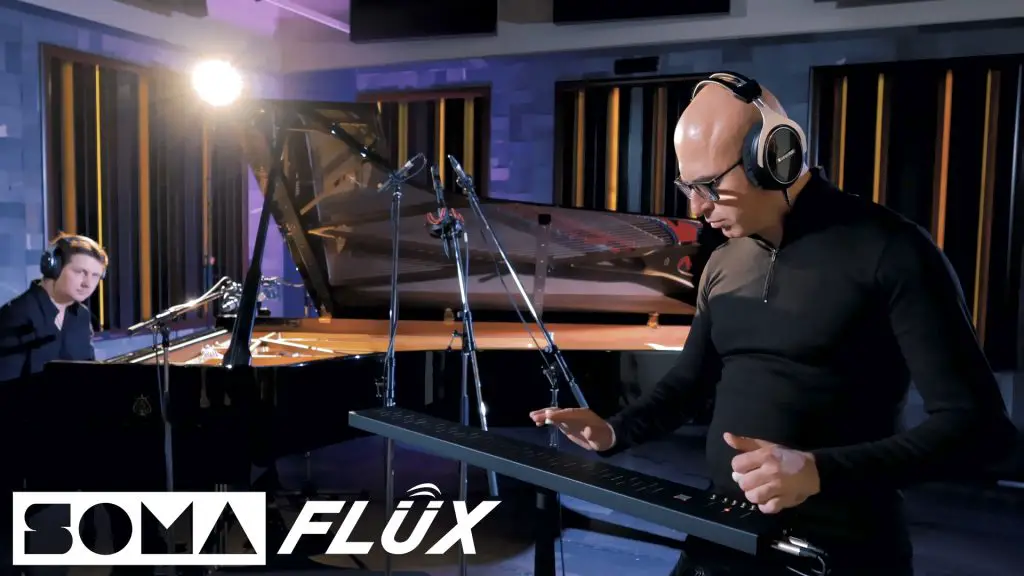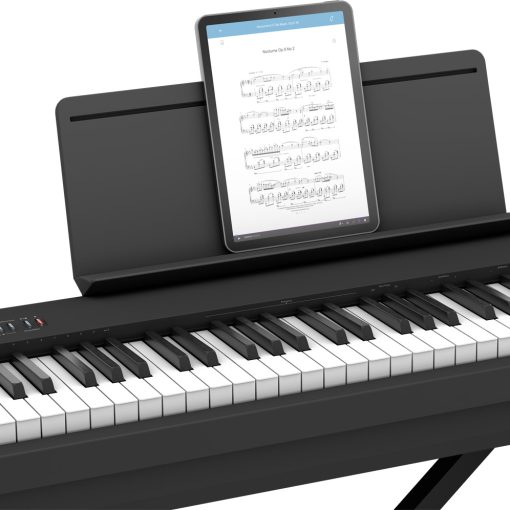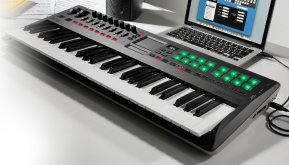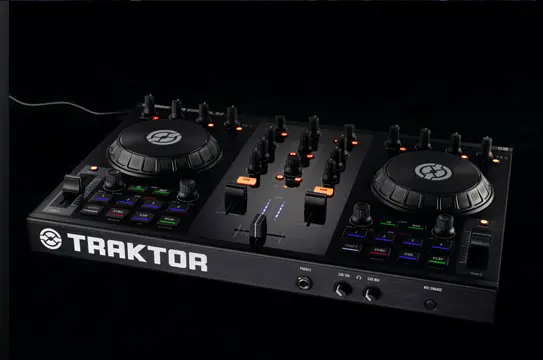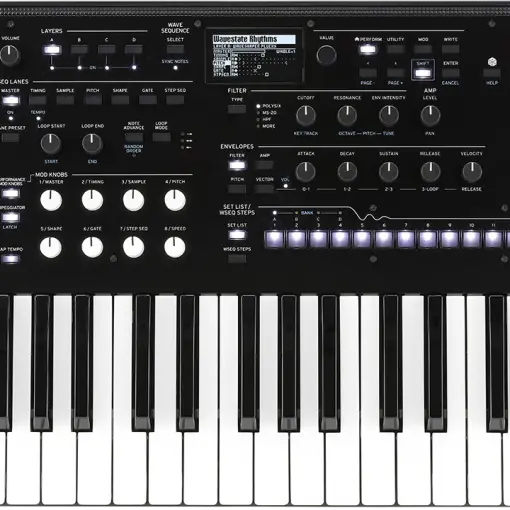SOMA Synths has shown off its latest prototype of FLUX, a high-end Theremin-inspired instrument which can simulate the expressiveness of acoustic instruments as well as offering all the advantages and diversity of electronic and synthetic sounds.
In some ways inspired by the otherworldly Theremin, but brought to a modern age and with differing technology, it offers the experienced player a wealth of expressive control and possibilities.
The horizontal surface may at first look like some kind of keyboard instrument with a flat, touch-induced interface, but in fact no physical touch is required at all. FLUX is based on magnetic principles. The musician holds two magnetic bows in between the fingers of each hand, and the interface is a multipolar magnetic sensor which registers the bows’ positions and movements.
The X coordinate of the artist’s right-hand bow controls pitch, while the Z coordinate controls volume. On the left hand, all three coordinates will control the various synthesis parameters.
With a magnet having two poles, FLUX can detect each bow’s spatial coordinates and angles. The musician can flip the right-hand bow to change octave (six continuous are available).
The left-hand bow controls the timbres. The timbral sensor, placed in the left part, has six poles, and independently registers positive and negative magnetic fields. This lets you change which parameters you control by flipping the bow, allowing you to control up to twelve independent sound parameters. Together with the pitch, volume and two additional tilt parameters on the right-hand bow, you have access to a total of sixteen sonic controls that you can use during performance, without ever touching the surface of the instrument.
FLUX has a whole wealth of possibilities. Different algorithms will be created as complete musical instruments which can be launched in a fraction of a second, with presets also utilised. It can work in monophonic, duo phonic and polyphonic modes, with staccato and quantisation modes. High quality digital to analog converters tie the whole thing together.
As the instrument is still in development there is currently no word on exact availability or pricing, however it is hoped to become available in late 2024.
Find out more on the product page.
